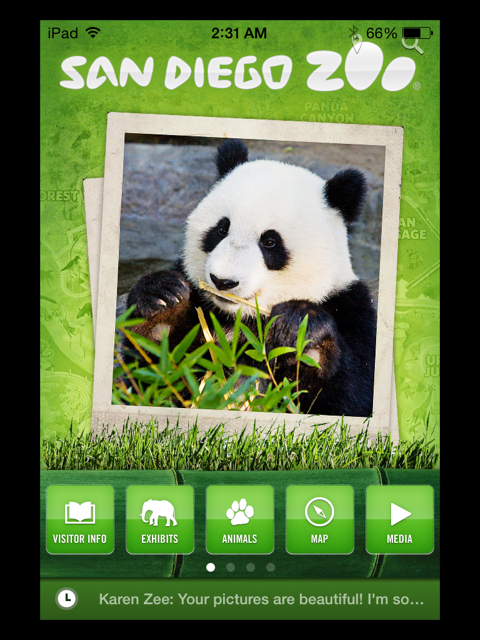 I have recently found that Paper Mate mechanical pencils are a great solutions to having to constantly sharpen pencils. I have a straw dispenser in my classroom and I love it as a way of making pencils available for my students, but these mechanical pencils keep students in their seats and me from having to sharpen so many pencils. Plus they work great.
I have recently found that Paper Mate mechanical pencils are a great solutions to having to constantly sharpen pencils. I have a straw dispenser in my classroom and I love it as a way of making pencils available for my students, but these mechanical pencils keep students in their seats and me from having to sharpen so many pencils. Plus they work great.
I've used mechanical pencils in the past, usually the kind from the Dollar Store, but I found that I was having to replace the lead all of the time. As I was getting ready to place my supply order I thought about the fact that my Paper Mate pencils seem to last forever. When I saw that I could purchase a box of 12 for $5.00 I figured it was worth a shot. They are more expensive in the store, something like $3.00 for 4 pencils. Next year I am adding them to my classroom supply list.
Anyways, once I got the pencils I wrote students, names on them with a black sharpie and told my students that they were responsible for their own pencil. I showed them how to adjust the lead and suggested that they use their big erasers vs the eraser on their pencil when they had a lot to erase. They took this very seriously. Because I had written the names towards the tip of the pencil we found that after a few days the names started to wear off, so for those who it mattered to I rewrote the names closer to the eraser.
Today I told my students that I was going to blog about the pencils and that I wanted some feedback. I first asked how many of them thought that other students would enjoy using these pencils. They all agreed that the students would. Then I asked how many of them preferred to use regular pencils, because I had noticed a few of them were. About 3-4 raised their hand. I asked them to explain why this was, and as I had suspected, the answer was that they didn't want to ruin their Paper Mate pencils. They seemed to feel that the best way to take care of it was not to use it. The final question I asked was about their experience with the pencils. Since students were constantly breaking the tips of the regular pencils I asked if they were having the same problem with Paper Mate pencils. They said that the tips were not breaking off and that they only had to turn the pencil for more lead when it had been used from writing so much.
I don't know if it is a perfect solution, but it feels good right now so I'm going with it. I don't know if age matters, but these are appropriate for my first grade students who are now in their second trimester of school.
Mrs. Navarre's TpT Store


















